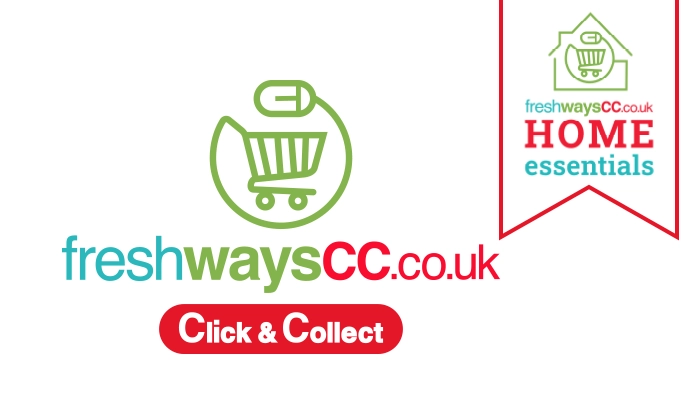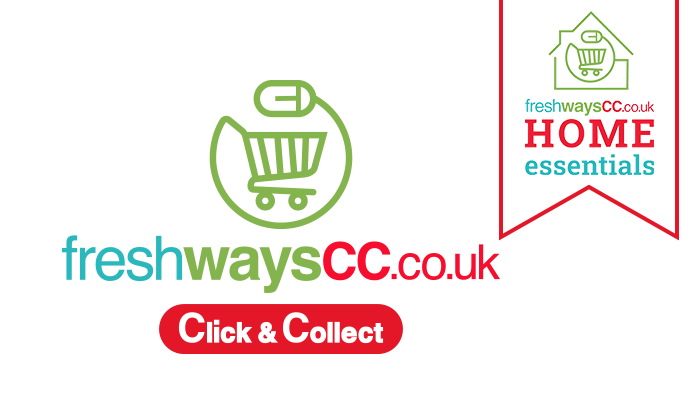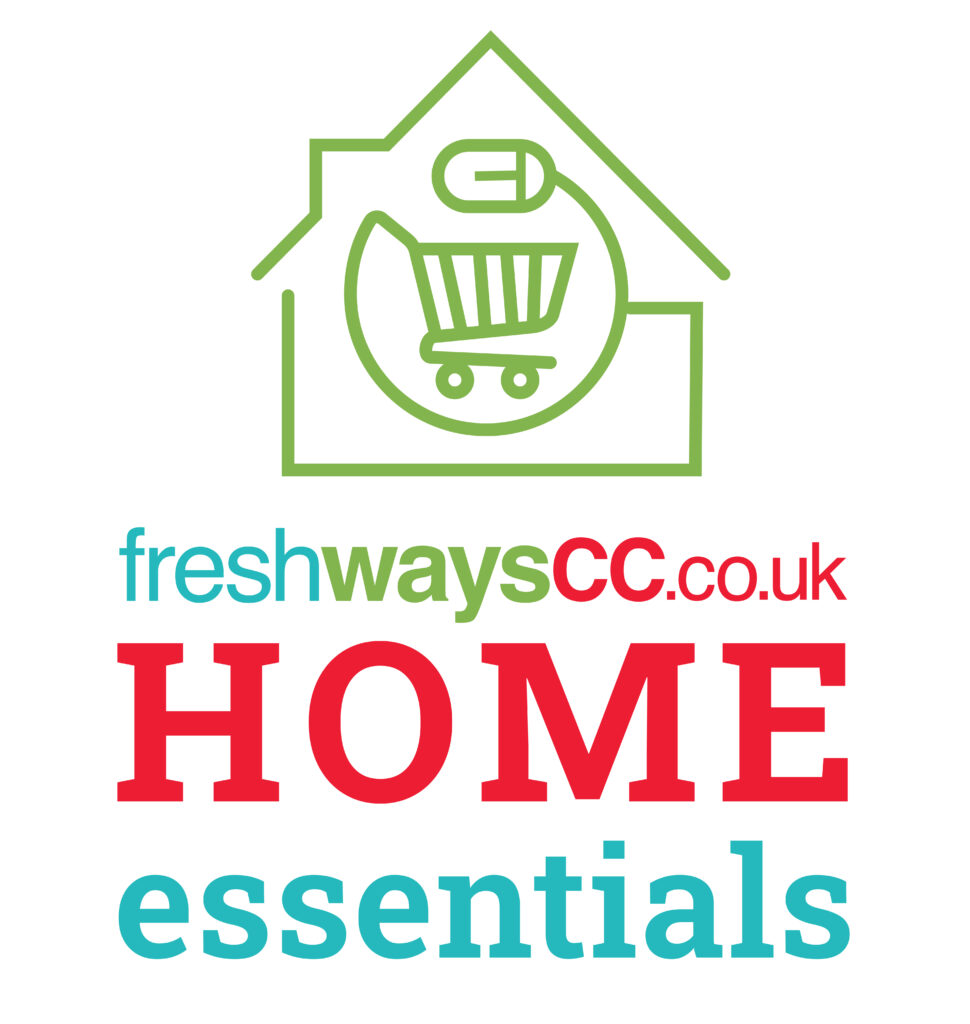Health and safety are crucial to the success of any cafe. Ensuring a safe environment protects both staff and customers and helps build a strong reputation. Customers are more likely to return to a cafe where they feel safe and well cared for.
Adhering to health and safety standards is not just a legal requirement; it directly impacts customer satisfaction. When a cafe maintains high standards, it creates a positive experience for visitors, leading to repeat business and positive word of mouth.
This blog provides a detailed checklist for cafe owners, covering key areas such as cleaning, food safety, staff training, and customer safety. By following this guide, cafes can run smoothly and safely, creating a welcoming atmosphere that keeps customers coming back.
The Importance of Health and Safety in Cafes
Health and safety in cafes are essential. They ensure the well-being of both staff and customers. Adhering to health and safety regulations is a legal requirement in the UK. Every cafe must comply with these rules to operate legally. Failure to do so can lead to fines, legal action, or even closure.
Health and safety play a critical role in preventing accidents and illnesses. A clean and well-maintained environment reduces the risk of slips, trips, and falls. Proper food handling practices prevent foodborne illnesses. By following safety guidelines, cafes can create a safe space for everyone.
A well-maintained health and safety plan brings several benefits.
For cafe owners, it provides peace of mind knowing they are meeting their legal responsibilities and protects the business from potential lawsuits or fines.
For staff, it creates a safe working environment, reducing the risk of injury, leading to higher job satisfaction and lower staff turnover.
For customers, a cafe that prioritises health and safety is more appealing. It shows that the cafe cares about their well-being, which can lead to increased customer loyalty and positive reviews. Overall, investing in health and safety is a smart business move that helps build a strong, trustworthy reputation and ensures long-term success.
Cleaning and Sanitation
Maintaining cleanliness in all areas of a cafe is vital. A clean environment not only ensures the safety of customers and staff but also enhances the cafe’s reputation. Cleanliness reflects professionalism and care, making customers feel comfortable and valued.
Daily, weekly, and monthly cleaning routines are essential to keeping a cafe spotless. Daily tasks help maintain basic hygiene, while weekly and monthly schedules tackle more intensive cleaning needs. Sticking to these schedules ensures no area is overlooked, preventing the build-up of dirt and bacteria.
- Checklist:
- Daily Cleaning:
Regularly clean kitchen surfaces, equipment, and utensils. This prevents cross-contamination and ensures food safety.
Disinfect high-touch areas, such as door handles, tables, and counters. These areas can harbour germs, so regular disinfection is crucial.
Empty bins frequently and ensure proper waste disposal. Waste should be managed carefully to avoid unpleasant odours and pest infestations.
- Weekly Cleaning:
Deep clean floors and walls. This removes grime and keeps the cafe looking fresh.
Clean storage areas thoroughly. Ensure that food storage areas are organised and free from spills or expired items.
- Monthly Cleaning:
Conduct a thorough deep clean of all areas, including less obvious spots like vents and behind equipment. This helps prevent hidden dirt from accumulating.
Review and organise all cleaning supplies. Ensure that all cleaning products are in stock and stored safely.
Food Safety
Food safety is paramount in any cafe. Handling, storing, and preparing food correctly prevents contamination and ensures customer safety. Following strict food safety guidelines is essential to avoid foodborne illnesses.
Food hygiene involves proper handwashing, clean work surfaces, and avoiding cross-contamination, which can occur when harmful bacteria transfer from one food item to another. Maintaining high hygiene standards helps prevent this risk.
Checklist:
- Proper Storage of Ingredients:
- Store all ingredients at the correct temperatures. This prevents the growth of harmful bacteria.
- Keep raw and cooked foods separate. This avoids cross-contamination.
- Safe Cooking Temperatures:
- Cook all food to the recommended temperatures. This ensures harmful bacteria are killed.
- Use a food thermometer to check that food is cooked thoroughly.
- Regular Maintenance of Kitchen Equipment:
- Check and clean kitchen equipment regularly. Faulty equipment can lead to unsafe food preparation.
- Ensure that all appliances are functioning correctly and are properly sanitised.
- Labelling and Dating Food Items:
- Label all food items with the date they were prepared. This helps track freshness and prevents the use of expired ingredients.
- Rotate stock to use older items first, reducing waste and ensuring freshness.
- Managing Food Allergies and Special Dietary Needs:
- Have clear procedures for handling food allergies. This includes training staff on allergen risks and ensuring clear communication with customers.
- Clearly label menu items that contain common allergens. This helps customers make informed choices.
Staff Training and Safety
Proper staff training is essential for maintaining health and safety standards. Well-trained staff are better equipped to handle food safely, use equipment correctly, and respond to emergencies. Regular training ensures everyone is aware of best practices and legal requirements.
Staff should be familiar with emergency procedures, including how to respond in case of a fire, accident, or health crisis. Preparedness can prevent minor incidents from becoming major issues.
Checklist:
- Regular Health and Safety Training:
- Conduct regular training sessions on health and safety practices. This keeps staff up to date with the latest guidelines.
- Include topics such as food safety, equipment use, and customer service.
- Training on Equipment and Hazardous Materials:
- Train staff on the correct use of kitchen equipment. This reduces the risk of accidents.
- Provide training on handling and disposing of hazardous materials safely.
- Accident Reporting Procedures:
- Establish clear procedures for reporting accidents or safety concerns. This ensures that any issues are addressed promptly.
- Encourage staff to report near-misses as well, helping to prevent future incidents.
- First Aid Training and Kits:
- Ensure staff are trained in basic first aid. This prepares them to handle minor injuries on the spot.
- Keep first aid kits well-stocked and easily accessible.
Customer Safety
Creating a safe environment for customers is a priority. A safe cafe not only protects customers from harm but also enhances their experience, encouraging repeat visits.
Accessibility is important. Cafes should be welcoming to everyone, including those with disabilities or special needs. This includes clear signage, safe walkways, and well-maintained facilities.
Checklist:
- Clear Signage:
- Ensure exits, restrooms, and safety instructions are clearly marked. This helps customers navigate the cafe easily and safely.
- Use signs to indicate potential hazards, such as wet floors.
- Regular Inspection of Seating Areas:
- Inspect seating areas regularly to ensure they are clean and safe. This includes checking for loose furniture or damaged chairs.
- Clean tables and chairs between customers to maintain hygiene.
- Safe Walkways:
- Keep walkways clear of obstacles and hazards. This prevents trips and falls.
- Ensure that floors are dry and free from spills.
- Allergen Information:
- Provide clear allergen information on menus. This helps customers with allergies make safe choices.
- Train staff to handle allergen inquiries confidently and accurately.
- Ventilation and Air Quality:
- Maintain good ventilation throughout the cafe. This ensures a fresh, clean environment.
- Regularly check air conditioning and ventilation systems to ensure they are working effectively.
Emergency Preparedness
Being prepared for emergencies is crucial in a cafe setting. Whether it’s a fire, accident, or health crisis, having a plan in place can save lives and minimise damage.
An emergency response plan should be clearly defined and communicated to all staff. Regular drills and equipment checks help ensure everyone knows what to do in an emergency.
Checklist:
- Smoke Detectors and Fire Extinguishers:
- Install and maintain smoke detectors throughout the cafe. These should be tested regularly.
- Ensure fire extinguishers are accessible and staff are trained to use them.
- Fire Drills and Evacuation Plans:
- Conduct regular fire drills to practice evacuation procedures. This helps staff respond quickly and calmly in an emergency.
- Clearly mark emergency exits and ensure they are unobstructed.
- Medical Emergency Procedures:
- Provide clear instructions for handling medical emergencies. This includes knowing how to call for help and administer basic first aid.
- Ensure staff know the location of first aid kits and emergency contact numbers.
- Access to Emergency Exits:
- Keep emergency exits clear at all times. This ensures a quick and safe evacuation if needed.
- Regularly check that exit routes are well-marked and unobstructed.
Regular Audits and Inspections
Regular audits are essential to maintaining high health and safety standards. They help identify potential issues before they become problems, ensuring continuous compliance with regulations.
Involving third-party inspections can provide an objective assessment of your cafe’s health and safety practices, ensuring that nothing is overlooked.
Checklist:
- Routine Health and Safety Audits:
- Schedule regular audits to review all aspects of health and safety. This includes food safety, cleaning, equipment maintenance, and staff training.
- Use audit results to improve practices and address any deficiencies.
- Record-Keeping:
- Keep detailed records of all inspections and audits. This provides a history of your cafe’s compliance and any corrective actions taken.
- Document any changes made to health and safety procedures.
- Updating the Health and Safety Plan:
- Regularly review and update your health and safety plan. This ensures it remains relevant and effective.
- Adjust the plan as needed to reflect changes in regulations or cafe operations.
Read More: Tips to Get More Walk-ins at Your Cafe
Conclusion:
Health and safety are essential for any cafe’s success, protecting both staff and customers while safeguarding the business. By adhering to high standards and using a daily checklist, cafes can prevent accidents, stay compliant with regulations, and build a strong reputation. A safe, clean environment enhances staff morale and customer satisfaction, contributing to long-term success.










